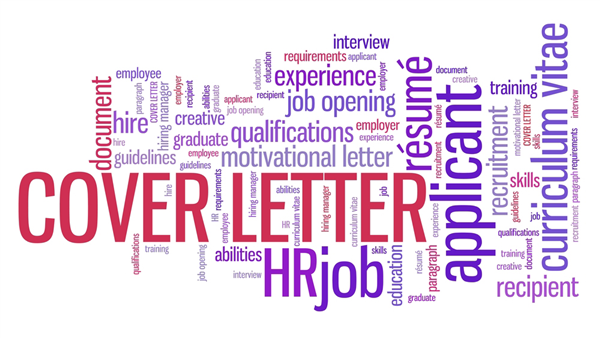By Julia VanDeren
City A.M., March 28, 2017 —
Are cover letters still necessary in a job search?
When you submit your CV to an organisation and it is shared among the necessary people, some won’t bother to read your cover letter. Others will be more interested in your social profiles, especially LinkedIn and Facebook, than any cover letter.
Still, most career coaches and experts agree it’s best to play it safe and provide one. The potential consequences of not providing one when a recruiter or hiring manager expects it are much worse than submitting one and having it ignored.

(Source: Getty)
How do you write a cover letter that works?
A cover letter ensures that the people you want to see your resume receive it and explains why you are sending it. So, make certain your letter clearly identifies the position you are seeking. If you are reaching out to a specific contact in order to build a relationship independent of a current open position, make sure you personalise the letter.
More importantly, a cover letter should put you, your resume, and your career in context so readers can see how well you will fit in with their organisation and meet their needs.
The cover letter is an opportunity to demonstrate your personality, your perspective on your achievements, and your goals for the future. It helps you build a narrative around the list of achievements your resume or CV describes.
If you don’t take the time to think strategically about your cover letter and make sure it is well written, you are missing an important opportunity.
So how do you write a cover letter that works?
Louise Fletcher, founder of Blue Sky Resumes, recommends using the “AIDA formula” to make the most of your communication:
– Capture the reader’s Attention.
– Deepen their Interest.
– Create Desire.
– Encourage Action.
When you have identified what makes you a good fit for the position and the unique value you would bring to the company, capture attention by asking a question crafted to get the reader to acknowledge that distinct value you bring. Deepen their interest by explaining how you are the solution they seek. Create desire by demonstrating the success you’ve had in your career as a result of your skills. Encourage action by stating clearly what you would like to happen: that they review your resume, call you, or schedule a meeting or interview.
The finance sector has fairly conservative expectations for CV and cover letter format. Victoria McLean, a former Goldman Sachs recruiter, current managing director of City CV, recommends a four paragraph template to use, which can work in combination with Fletcher’s AIDA strategy.
– The first paragraph is an introduction that addresses the basic practical function of the cover letter.
– The second paragraph describes why you are a potential asset.
– The third paragraph explains why you are a good fit for the job or opportunity you’ve targeted.
– The fourth paragraph demonstrates that you know about the organisation, respect it, and would be a successful addition to it.
Conclude with a call to action, such as a request to contact you to schedule a meeting or an interview.
Good luck!
Article posted by CFA Institute Talk










